PROMO!
First order? Get 10% OFF with this code: 1storder
Our Product Categories


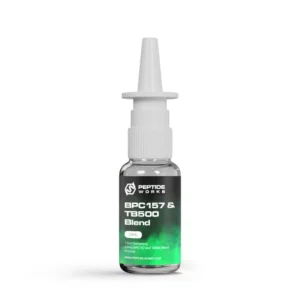
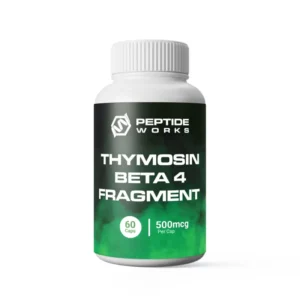
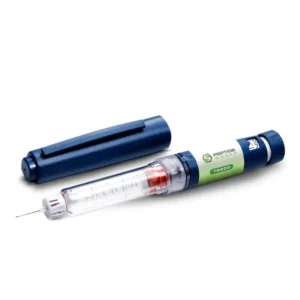
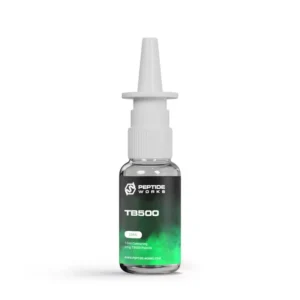
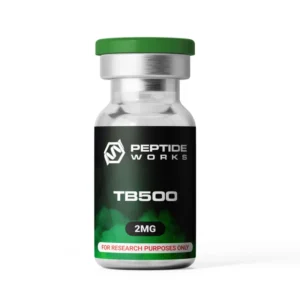
TB500 is a synthetic version of the naturally occurring thymosin beta-4 (abbreviated as Tβ4). It plays a crucial role in cell migration, angiogenesis (formation of new blood vessels), and tissue regeneration. TB-500 is commonly researched for its potential to accelerate the healing of muscles, tendons, ligaments, and skin.
It promotes recovery by enhancing actin regulation, which supports cell movement and repair processes. Though popular in athletic and veterinary fields, TB-500 is not approved by the FDA for human use. Its effectiveness and safety remain under investigation in scientific and clinical studies, with ongoing research exploring broader therapeutic applications.
Peptide Sequence (IUPAC Condensed): Ac-Ser-Asp-Lys-Pro-Asp-Met-Ala-Glu-Ile-Glu-Lys-Phe-Asp-Lys-Ser-Lys-Leu-Lys-Lys-Thr-Glu-Thr-Gln-Glu-Lys-Asn-Pro-Leu-Pro-Ser-Lys-Glu-Thr-Ile-Glu-Gln-Glu-Lys-Gln-Ala-Gly-Glu-Ser.
Molecular Formula: C38H68N10O14
Molecular Weight: 4963 g/mol
Synonyms: Tβ4 Fragment, Thymosin Beta-4 Fragment, TB-500
View the TB500 COA
View the TB500 HPLC
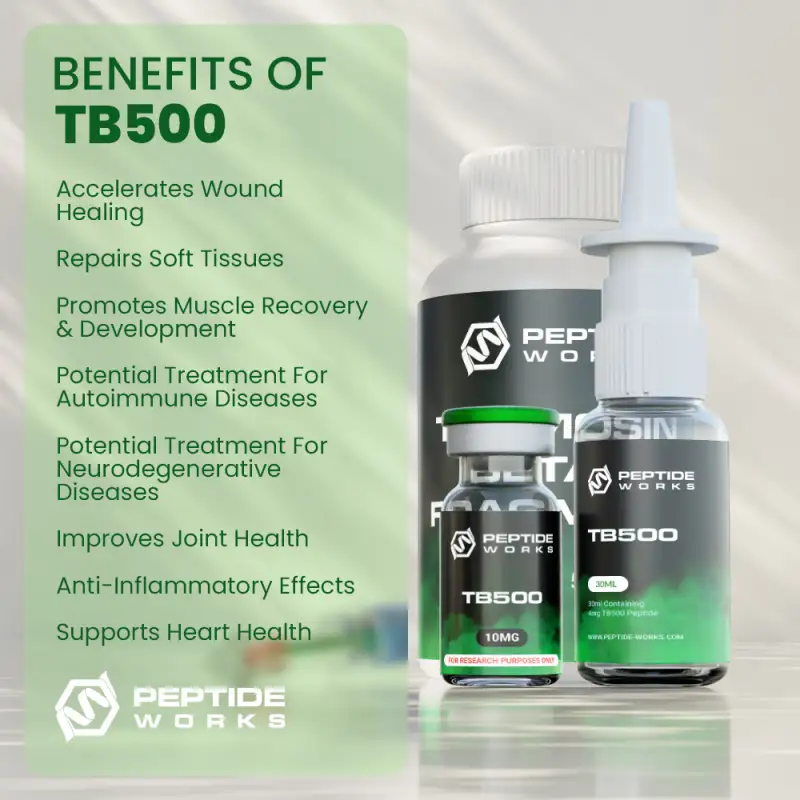
TB500 works by boosting the production of actin, a protein that plays a key role in cell repair, movement, and structure. Higher actin levels help cells move, which is crucial for healing wounds, cell development, and overall growth.
In addition, TB500 triggers blood vessel growth (a process known as angiogenesis) and promotes wound healing by increasing the blood supply to injured tissue. It also has anti-inflammatory properties, which help reduce pain and swelling in injured areas.
With its combined effects, TB500 is currently being studied for its potential to: accelerate wound healing, repair muscle tissue, reduce scar tissue formation, and alleviate inflammation. It achieves this by regulating proteins involved in tissue repair, promoting cell migration, and supporting the breakdown of adhesions. Additionally, its role in enhancing dermal collagen production may further aid in preventing complications and improving recovery from injuries and minor conditions.
Angiogenesis (new blood vessel formation): Research shows that TB500 promotes angiogenesis by enhancing endothelial cell migration, adhesion, and tube formation through its actin-binding motif. By supporting vascular growth, TB-500 aids tissue healing, accelerates wound repair, and reduces inflammation, making it a valuable therapeutic for regenerative and vascular applications [1].
Tissue Repair and Wound Healing: Research has shown that TB500 accelerates wound healing and tissue repair through multiple mechanisms. It enhances reepithelialization, helping wounds close up to 61% faster within 7 days. It also supports keratinocyte migration, collagen formation, and new blood vessel growth [2].
Studies show that TB-500 also regulates matrix metalloproteinase (MMP) activity, aiding extracellular matrix remodeling. Treated wounds exhibit superior collagen organization, minimal scarring, and improved tensile strength [3].
Additionally, studies suggest that it reduces inflammation, supports cell survival, and promotes the maturation of stem cells. These combined effects make TB-500 a potent therapeutic for dermal, corneal, and cardiac wound repair, with significant potential for clinical applications in conditions of impaired healing [4].
Anti-inflammatory and tissue-protective properties: Research suggests that TB500 exhibits potent anti-inflammatory and tissue-protective properties. It reduces inflammation by decreasing apoptosis, microbial growth, and the number of myofibroblasts, helping to minimize scar formation and fibrosis. Studies have shown that TB-500 promotes cell migration, including the mobilization and differentiation of stem/progenitor cells, thereby aiding tissue regeneration and angiogenesis [5].
It protects injured cells and tissues from further damage while enhancing reepithelialization, collagen deposition, and wound contraction. These properties make TB-500 a promising therapeutic for dermal, corneal, cardiac, and CNS tissue repair, with ongoing clinical trials highlighting its potential to support regeneration and mitigate damage from aging and ischemic injuries [6].
Antimicrobial and adjunctive antibiotic properties: TB-500 demonstrates antimicrobial and adjunctive antibiotic properties, particularly in bacterial keratitis. Studies have shown that when combined with antibiotics like ciprofloxacin, TB-500 significantly improves clinical outcomes by enhancing wound healing, reducing bacterial load, and modulating inflammation.
It decreases pro-inflammatory cytokines, neutrophil infiltration, and reactive oxygen species (ROS) levels, promoting inflammation resolution and tissue repair. This dual action addresses both the infectious pathogen and the harmful host response, making TB-500 a promising adjunctive therapy for infections where multidrug resistance or corticosteroid contraindications limit treatment options, while also accelerating healing and improving overall recovery [7].
Neuroprotective and neurorestorative: Research shows that TB500 has strong neuroprotective and neurorestorative properties, making it a promising option for treating traumatic brain injury (TBI) and other central nervous system (CNS) disorders. Studies have demonstrated that it supports angiogenesis (new blood vessel growth), neurogenesis (nerve cell growth), synaptogenesis (formation of new connections), and axonal remodeling, boosting the brain’s natural healing processes, which are often limited after TBI [8].
TB500 also reduces inflammation and cell death, helping cells survive and migrate. Additionally, it enhances stem cell differentiation and tissue repair, promoting the regeneration of damaged nerve tissue. These combined effects highlight TB500’s potential as a treatment for TBI and neurodegenerative diseases, addressing significant medical gaps [9].
Cardioprotective: Research suggests that TB500 offers cardioprotective benefits by reducing infarct size and improving myocardial function in ischemic heart disease. Studies have shown that during the acute phase post-myocardial infarction (MI), TB-500 preserves ischemic myocardium through anti-inflammatory and anti-apoptotic mechanisms, reducing plasma biomarkers of myocyte injury [10].
In the chronic phase, it promotes the survival and differentiation of cardiac and vascular progenitor cells, enhancing micro- and macrovasculature in ischemic regions. While repeated dosing improves hemodynamic performance, significant angiogenesis may not always be required for functional recovery. These properties make TB-500 a promising therapeutic for cardiac regeneration and ischemic heart disease management [11].
Hair Regrowth & Follicle Stimulation: Research indicates that TB-500 promotes hair regrowth and follicle stimulation by enhancing key processes in the hair growth cycle. It accelerates hair growth by stimulating the migration and differentiation of hair follicle stem cells from the bulge region to the follicle base, supported by extracellular matrix remodeling via increased matrix metalloproteinase-2 (MMP-2) activity [12].
Studies also show that TB-500 enhances vascular endothelial growth factor (VEGF) expression, thereby boosting angiogenesis and follicle development. Mechanistically, it activates P38, ERK, and AKT signaling pathways, which regulate hair follicle clustering, hair shaft production, and growth speed. These effects make TB-500 a promising agent for hair restoration therapies [13].
[1] D Philp, T Huff, Y Song Gho, et al (2003) The actin binding site on thymosin beta4 promotes angiogenesis – FASEB Journal, 2003 Nov, Volume 17 (Issue 14), Pages 2103-5.
[2] K M Malinda, G S Sidhu, H Mani, et al (1999) Thymosin beta4 accelerates wound healing – Journal of Investigative Dermatology, 1999 Sep, Volume 113 (Issue 3), Pages 364-8.
[3] D Philp, B Scheremeta, K Sibliss, et al (2006) Thymosin beta4 promotes matrix metalloproteinase expression during wound repair – Journal of Cellular Physiology, 2006 Jul, Volume 208 (Issue 1), Pages 195-200.
[4] D Philp and H K Kleinman (2010) Animal studies with thymosin beta, a multifunctional tissue repair and regeneration peptide – Annals of New York Academy of Sciences, 2010 Apr, Volume 1194, Pages 81-6.
[5] A L Goldstein, E Hannappel, G Sosne, et al (2012) Thymosin β4: a multi-functional regenerative peptide. Basic properties and clinical applications – Expert Opinion on Biological Therapy, 2012 Jan, Volume 12 (Issue 1), Pages 37-51.
[6] K Maar, R Hetenyi, S Maar, et al (2021) Utilizing Developmentally Essential Secreted Peptides Such as Thymosin Beta-4 to Remind the Adult Organs of Their Embryonic State—New Directions in Anti-Aging Regenerative Therapies – Cells, 2021 May 28, Volume 10 (Issue 6), Page 1343.
[7] T W Carion, A Shukkur Ebrahim, D Kracht, et al (2018) Thymosin Beta-4 and Ciprofloxacin Adjunctive Therapy Improves Pseudomonas aeruginosa-Induced Keratitis – Cells, 2018 Sep 20, Volume 7 (Issue 10), Page 145.
[8] Y Xiong, A Mahmood, Y Meng, et al (2013) Neuroprotective and neurorestorative effects of Thymosin beta 4 treatment following experimental traumatic brain injury – Annals of New York Academy of Sciences, 2012 Oct, Volume 1270, Pages 51–58.
[9] G-H Zhang, K Dilip Murthy, et al (2020) Protective effect of Tβ4 on central nervous system tissues and its developmental prospects – European Journal of Inflammation, 2020, Page 18.
[10] W Bao, V L. Ballard, S Needle, et al (2013) Cardioprotection by systemic dosing of thymosin beta four following ischemic myocardial injury – Frontiers in Pharmacology, 2013 Nov 29, Volume 4, Page 149.
[11] R Hinkel, K Klett, A Bähr, and C Kupatt (2018) Thymosin β4-mediated protective effects in the heart – Expert Opinion on Biological Therapy, 2018 Jul, Volume 18 (supplement 1), Pages 121-129.
[12] D Philp, M Nguyen, B Scheremeta, et al (2004) Thymosin beta4 increases hair growth by activation of hair follicle stem cells – FASEB Journal, 2004 Feb, Volume 18 (Issue 2), Pages 385-7.
[13] X Gao, H Liang, F Hou, et al (2015) Thymosin Beta-4 Induces Mouse Hair Growth – PLoS ONE, Volume 10 (Issue 6), Page e0130040.
The answers to the most frequently asked questions about TB500.

TB-500 is being researched for its potential to support tendon and ligament repair. In studies, it appears to enhance cell migration, angiogenesis, and collagen fiber organization, which are key processes in healing connective tissues. Researchers have observed improved ligament strength, flexibility and recovery speed in experimental models treated with TB-500. Its actions are linked to actin regulation and tissue remodeling, making it a focus in regenerative peptide research.
BPC-157 and TB-500 work in different but complementary ways. BPC-157 is often studied for faster healing of gut, tendon, and muscle tissue, while TB-500 appears to improve cell migration, blood vessel growth, and flexibility in larger injury areas. Researchers often find that neither is strictly better each targets different repair pathways. The TB-500 + BPC-157 stack is widely used in studies for enhanced tissue regeneration and synergistic recovery effects.
Yes, TB-500 is banned in professional and competitive sports. The World Anti-Doping Agency (WADA) lists it under “peptide hormones and growth factors” which are prohibited because they can enhance recovery and performance. Athletes who use TB-500 risk failing drug tests and facing penalties. Researchers may still study TB-500 in laboratory settings, but it is not permitted for athletic use or competition.
You can buy TB-500 directly from Peptide Works, a trusted global supplier of high-quality peptides. We ship worldwide for research and laboratory use. Although TB-500 is not approved by the FDA for medical use, it is available for scientific and research applications. As regulations differ by region, researchers should review local laws before ordering. Peptide Works is dedicated to providing quality, reliability, and excellent service.
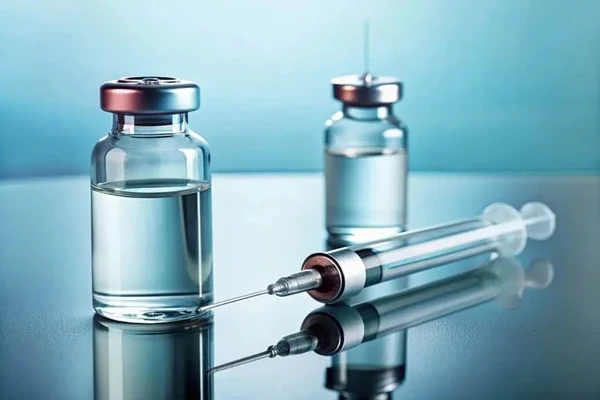
This blog explores Glow Peptides, a group of compounds gaining recognition for their regenerative potential. It discusses peptides such as TB500, BPC-157 and GHK-Cu, emphasizing their roles in tissue repair, inflammation regulation and collagen production. The article also explains their mechanisms and why they are key to advancing healing and cellular research.
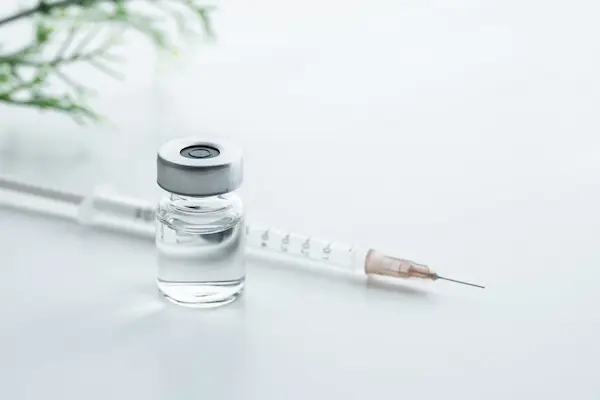
This blog explores the differences between TB500 and BPC-157 peptides, focusing on their unique roles in healing and repair. It highlights TB500's impact on cell migration and vascular growth, BPC-157's effects on tendon and gut tissue recovery, and their shared connection to angiogenesis. Together, they reveal complementary pathways in regenerative research.
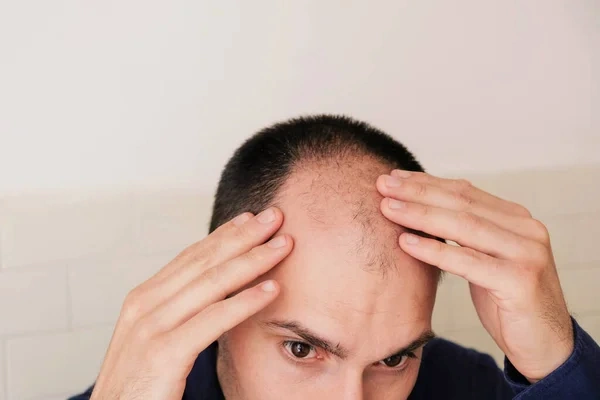
This article explores the science behind PTD-DBM Hair Growth Peptide, a compound studied for its potential to combat hair thinning and balding. It explains how PTD-DBM supports follicle regeneration, prevents shrinkage signals and helps extend the hair growth phase. In addition, it discusses TB500’s complementary role in tissue repair and overall follicle health.
ALL CONTENT AND PRODUCT INFORMATION AVAILABLE ON THIS WEBSITE IS FOR EDUCATIONAL PURPOSES ONLY.
DISCLAIMER: These products are intended solely as a research chemical only. This classification allows for their use only for research development and laboratory studies. The information available on our Peptide Works website: https://peptide-works.com/ is provided for educational purposes only. These products are not for human or animal use or consumption in any manner. Handling of these products should be limited to suitably qualified professionals. They are not to be classified as a drug, food, cosmetic, or medicinal product and must not be mislabelled or used as such.